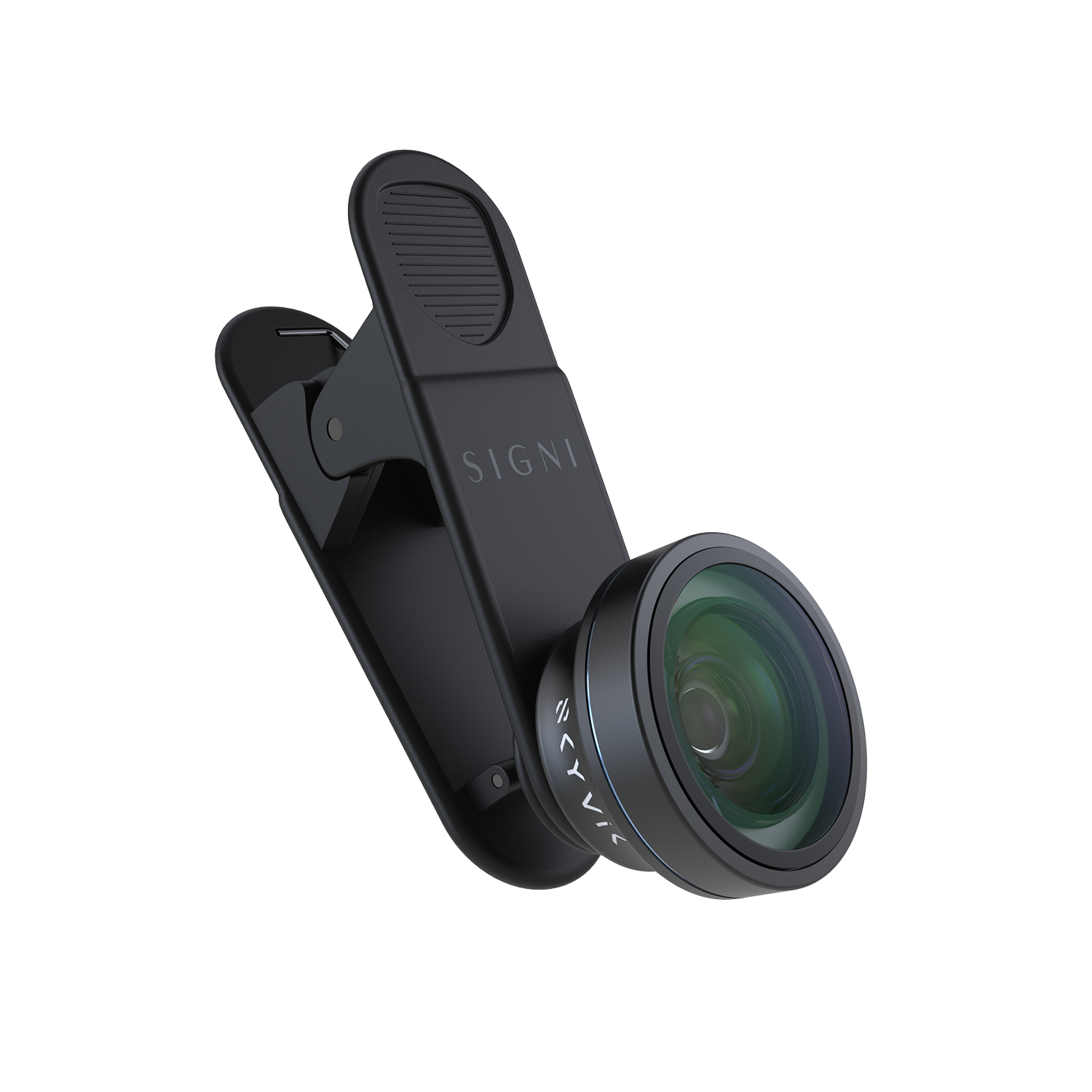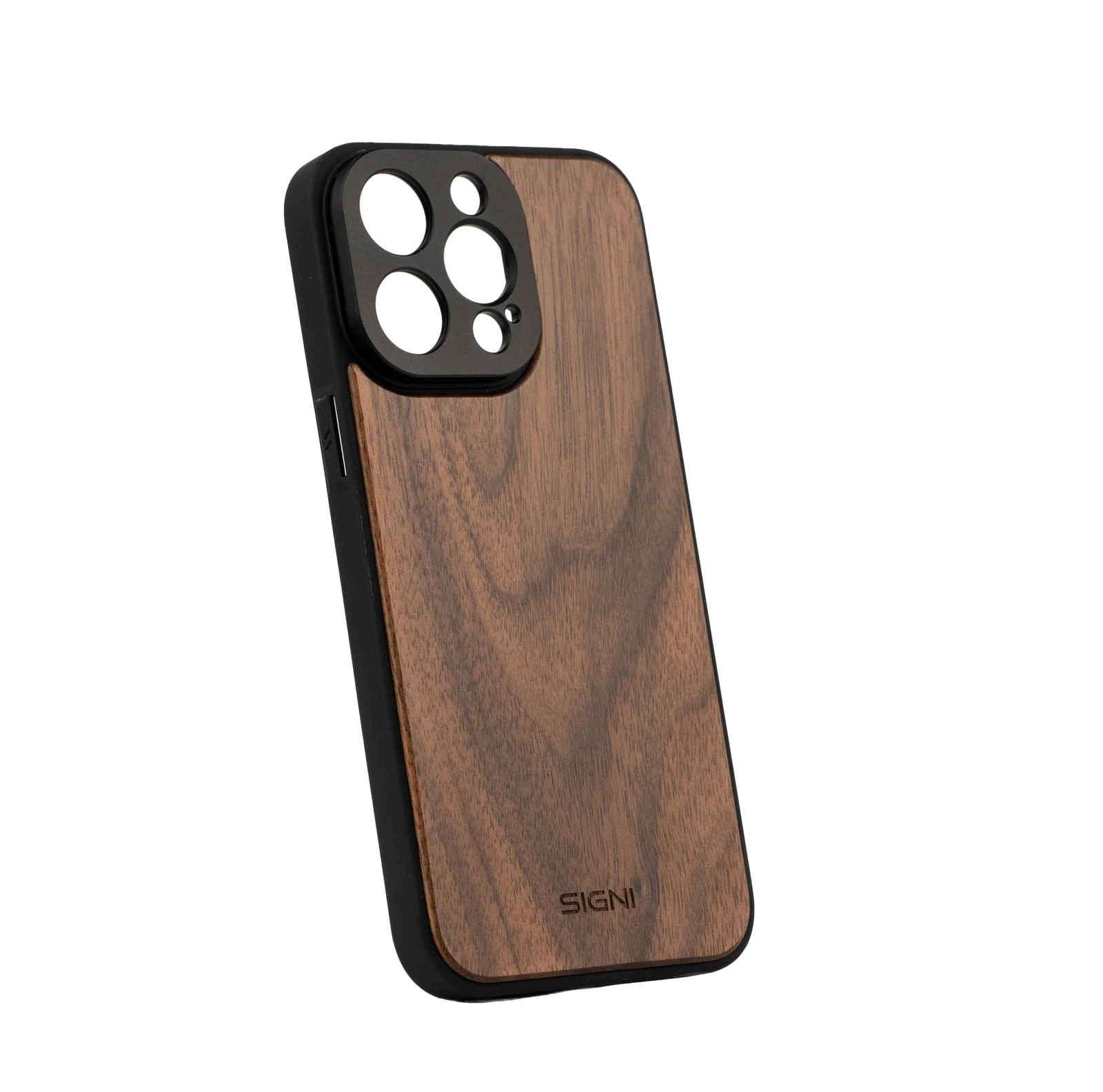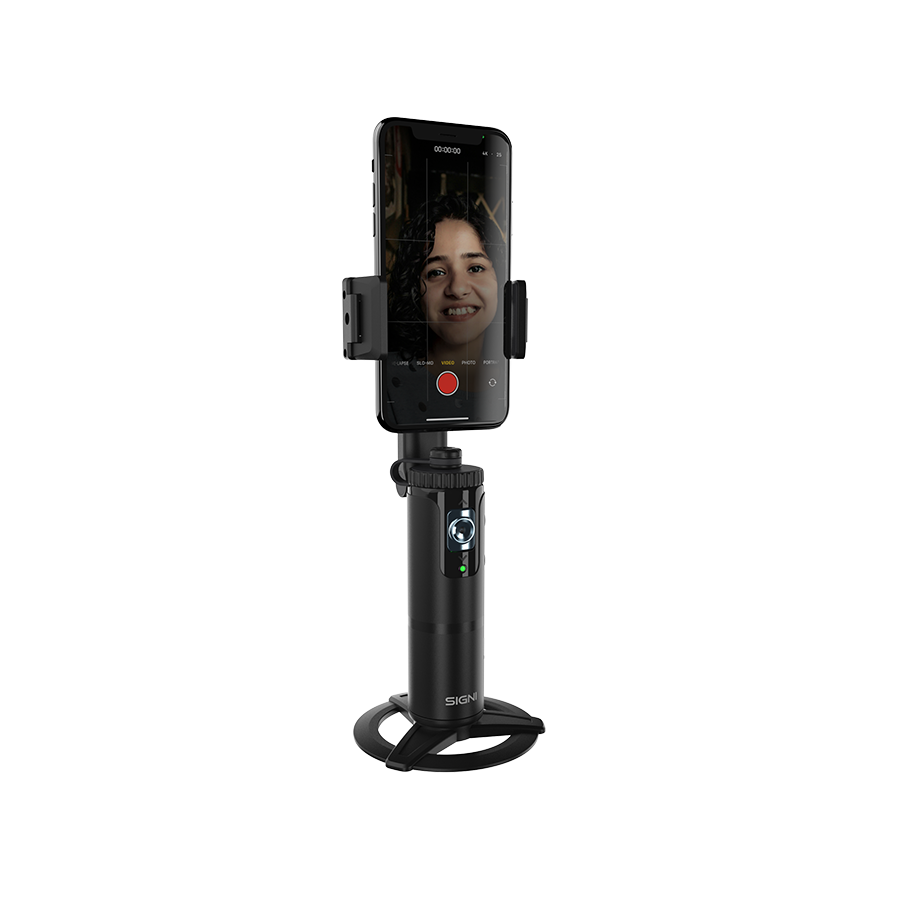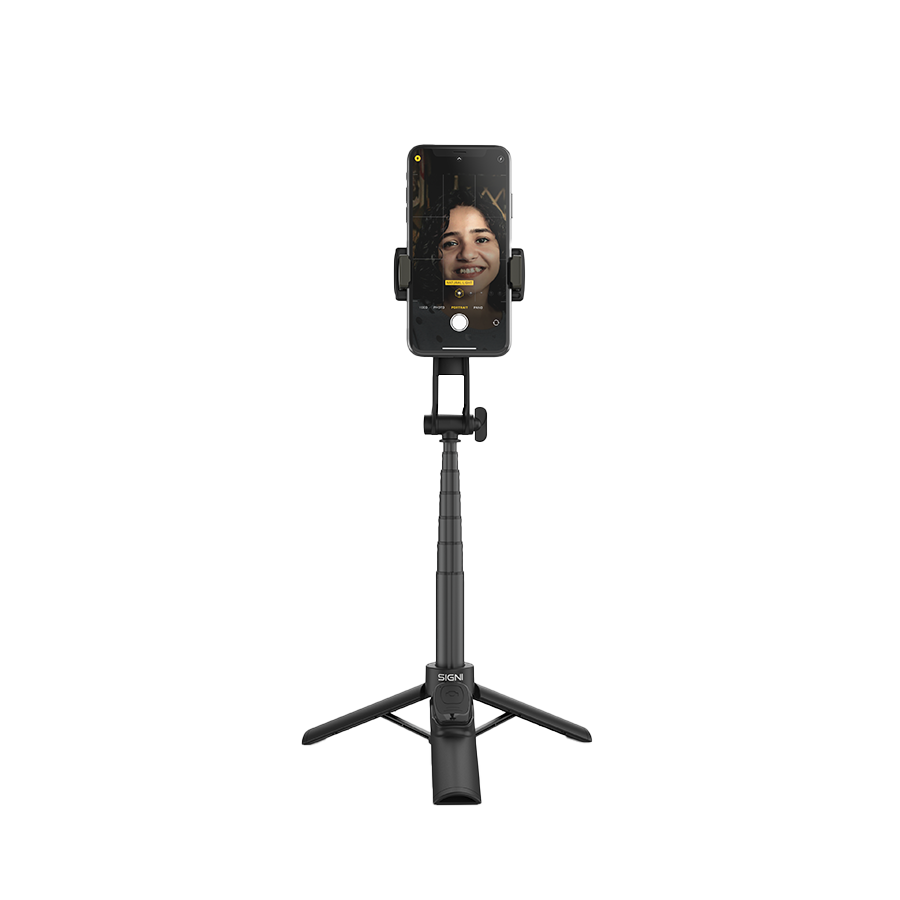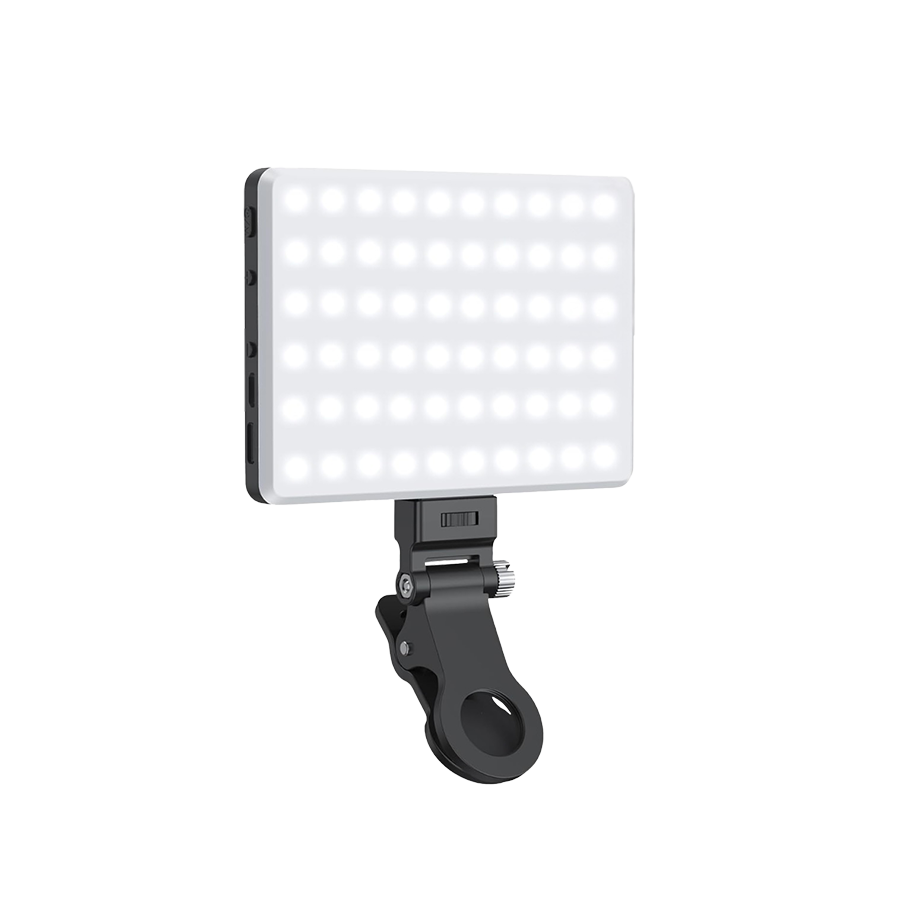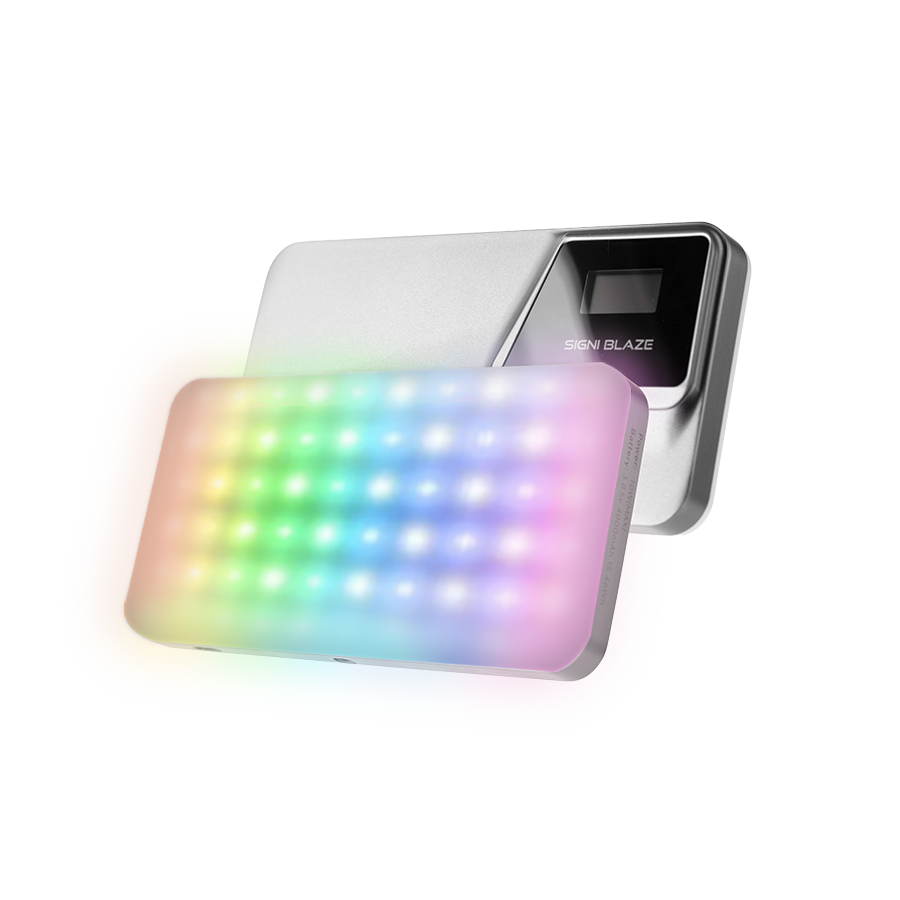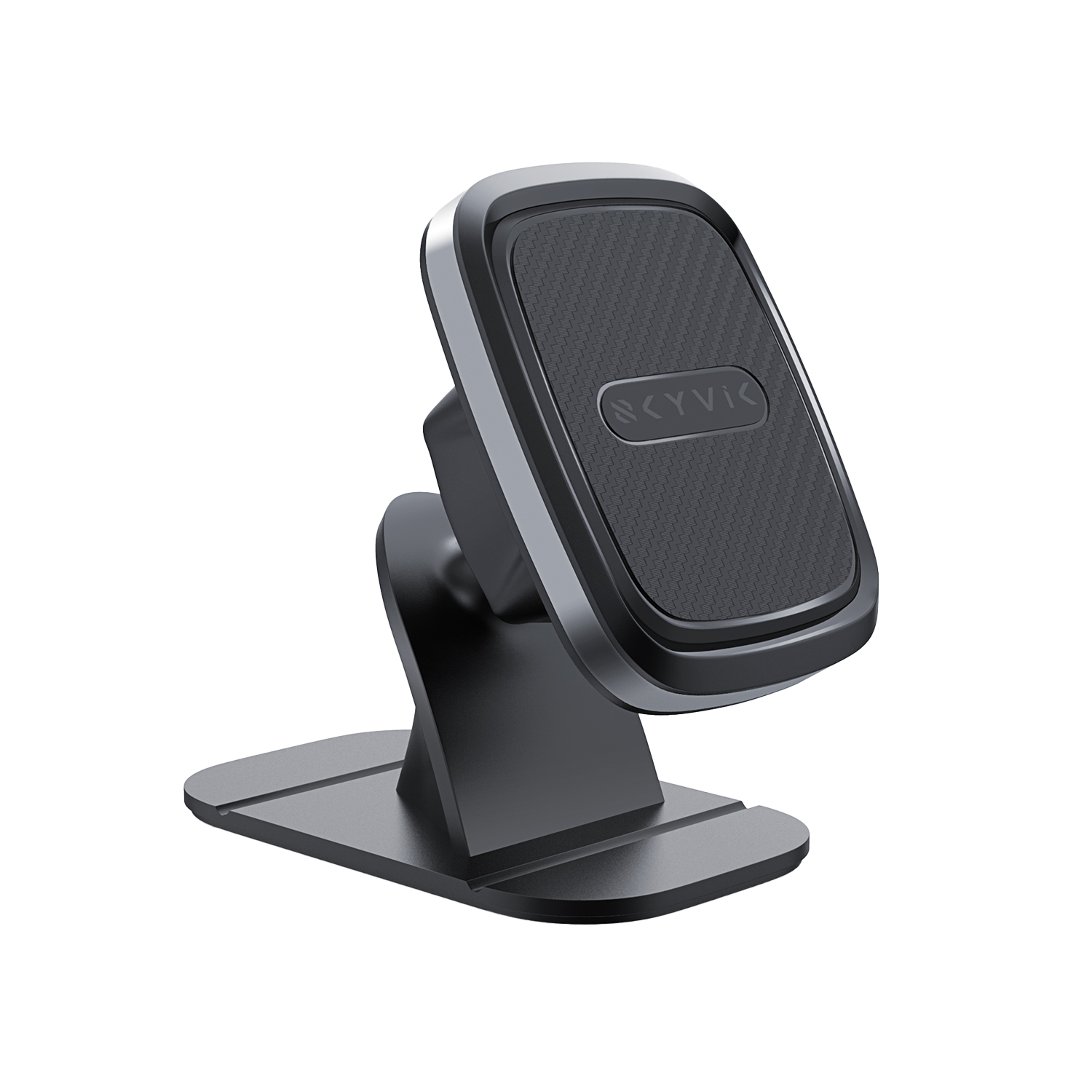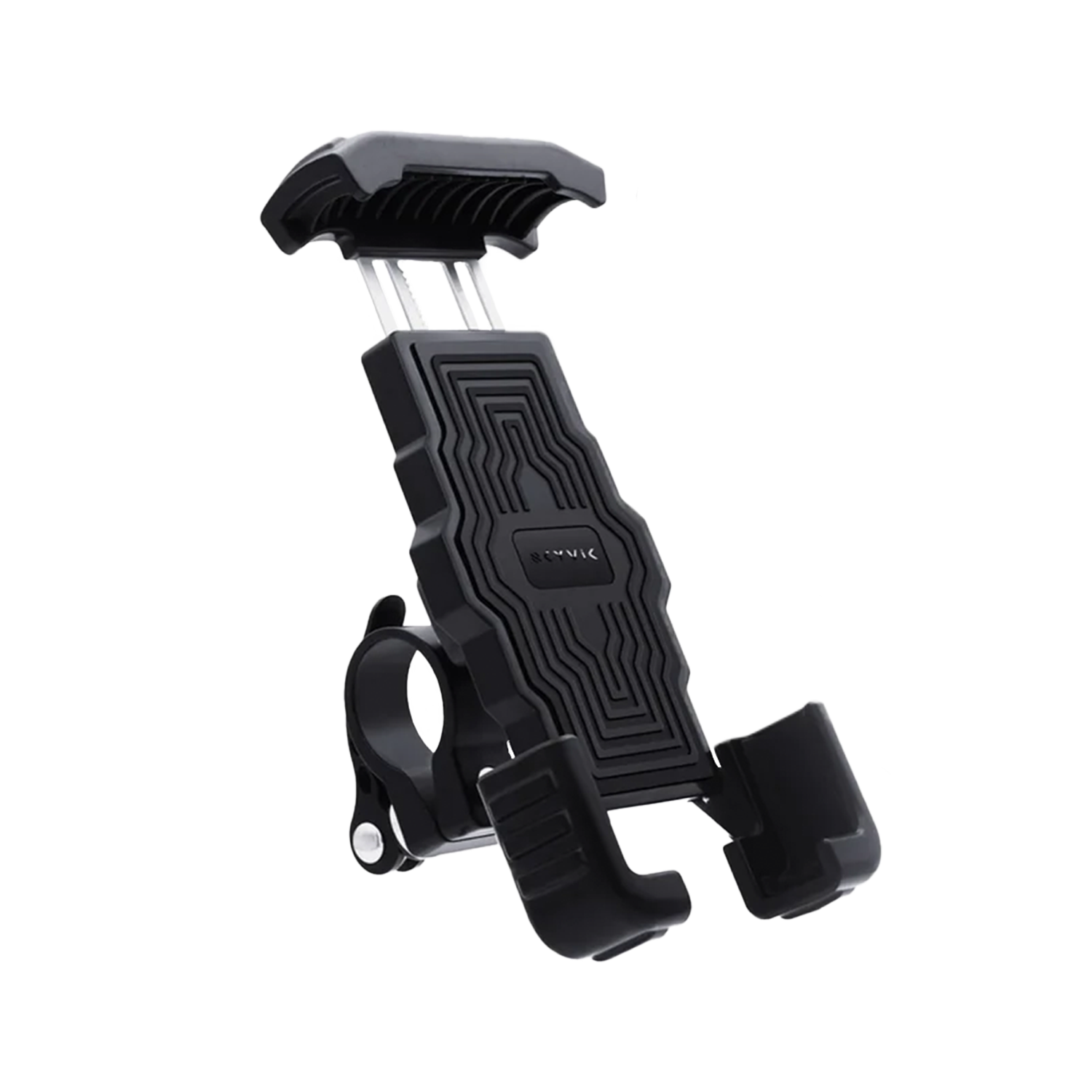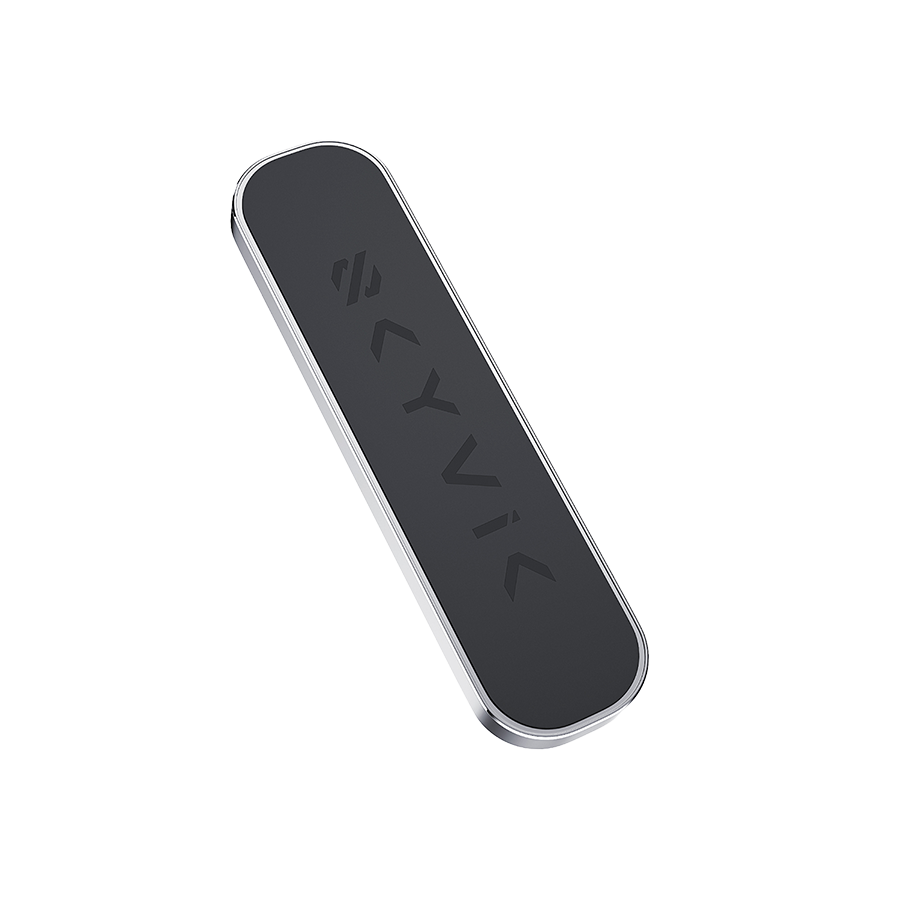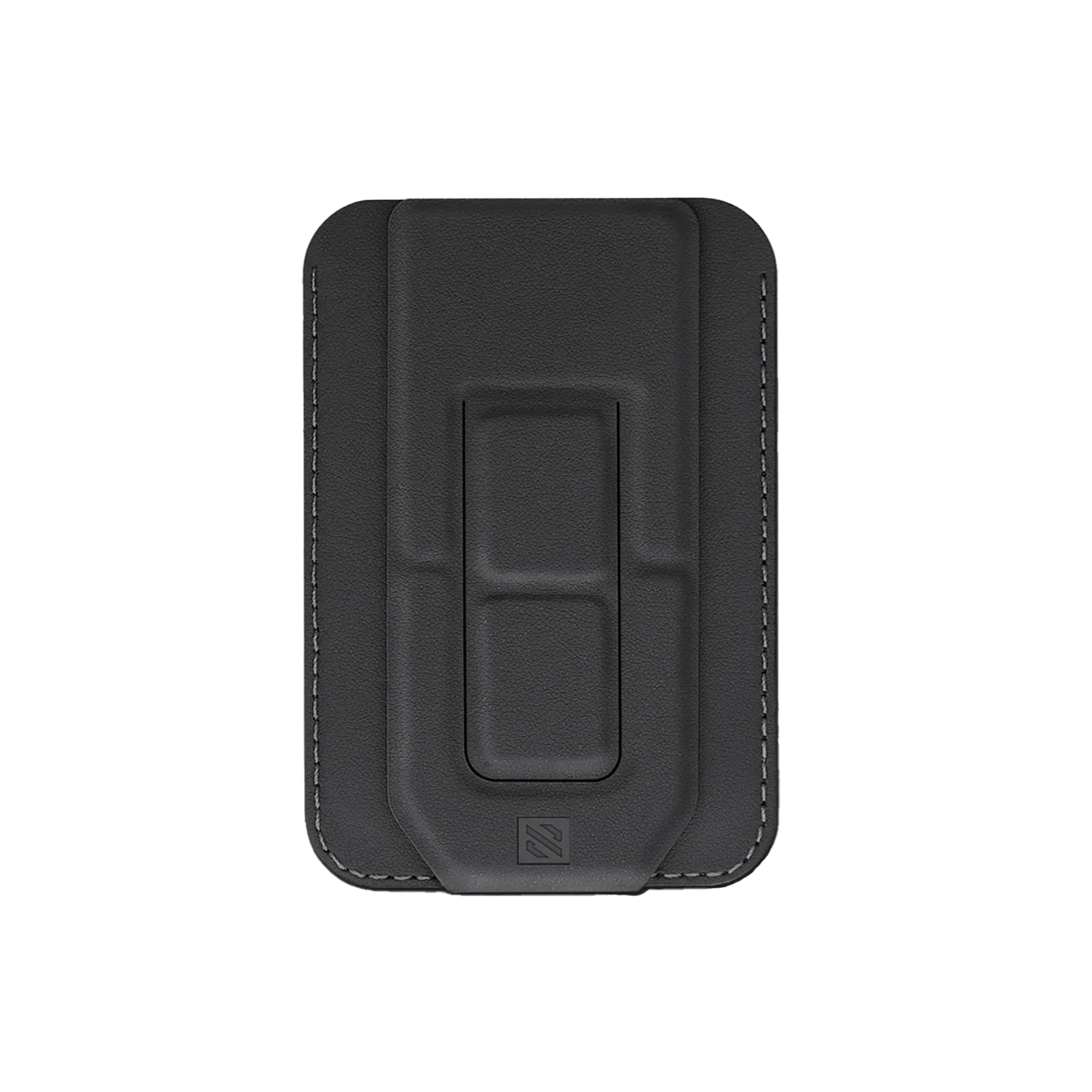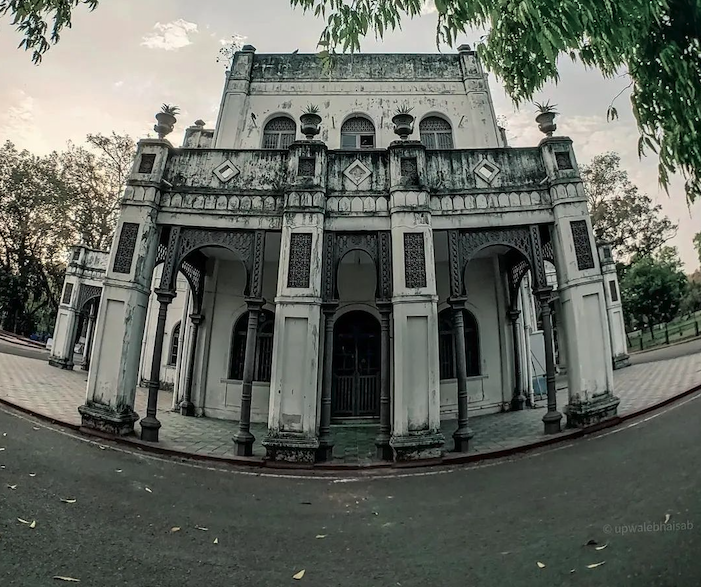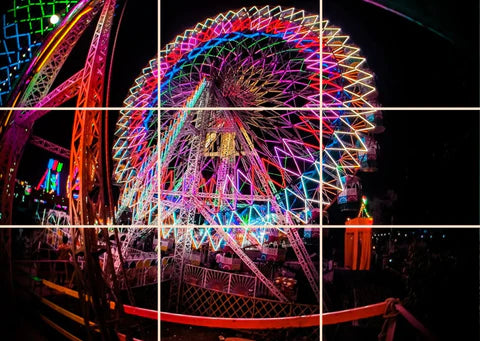MOBILE LENSES
Mobile Holders
Everyday Essentials
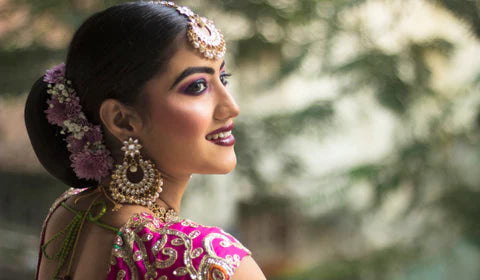
In what ways does a portrait lens contribute to achieving professional-looking portraits?
3 min read
The realm of portrait photography is a nuanced craft where every element contributes to the creation of compelling and professional-looking images. Among the indispensable tools in a photographer's kit, a dedicated portrait lens stands out as a powerhouse that shapes the visual narrative with precision and finesse. Let's embark on a comprehensive exploration of the multifaceted ways in which a portrait lens elevates the art of portraiture, transcending beyond the basics to uncover the profound impact it brings to the table.
-
Optimal Focal Length Precision: A dedicated portrait lens boasts an optimal focal length, typically ranging from 50mm to 85mm, meticulously chosen for photographing people. This specific range eliminates distortion, ensuring that facial features are faithfully represented. The lens becomes a storyteller, capturing expressions and nuances with unparalleled precision, contributing to the overall authenticity of professional-looking portraits.

-
The Poetry of Bokeh: One hallmark of professional portraiture is the dreamy and ethereal background, often referred to as bokeh. Portrait lenses are engineered to create a shallow depth of field, masterfully isolating the subject from the background. The resulting aesthetic quality not only directs attention to the individual but also infuses an air of sophistication and elegance into the composition.
 The Poetry of Bokeh Shot Clicked by @alan.s.nair
The Poetry of Bokeh Shot Clicked by @alan.s.nair -
Low-Light Mastery: The hallmark of a quality portrait lens lies in its ability to perform admirably in low-light conditions. Whether you're capturing indoor portraits, documenting evening events, or seizing intimate moments bathed in subdued lighting, a portrait lens with a wide aperture becomes a reliable ally. This low-light mastery ensures well-lit subjects without compromising the integrity of the image, contributing to the creation of professional-looking portraits in diverse settings.
 Telephoto Lens Shot Clicked By @krutikkkkkkk
Telephoto Lens Shot Clicked By @krutikkkkkkk -
Autofocus Precision: In the dynamic world of portraiture, spontaneity often steals the spotlight. A dedicated portrait lens is equipped with precise autofocus mechanisms that swiftly and accurately lock onto subjects. This feature is invaluable for capturing fleeting expressions, genuine smiles, or poignant glances with finesse. The lens collaborates seamlessly with the photographer to deliver sharp and well-focused images, adding a professional touch to every frame.

-
Flattering Compression and Perspective: The inherent properties of portrait lenses contribute to creating a visually pleasing sense of compression and perspective, especially in head-and-shoulder or close-up shots. This compression minimizes facial distortions, resulting in more flattering and natural-looking portraits. The lens becomes an artistic partner, working in harmony with the photographer to sculpt a visual narrative that exudes authenticity and professionalism.
-
Artistic Control with Wide Aperture Options: Professional-looking portraits often demand a nuanced play with depth of field. Portrait lenses offer wide aperture options, such as f/1.4 or f/1.8, providing photographers with the creative latitude to experiment with varying levels of background blur. This artistic control allows for the customization of each portrait, enabling photographers to infuse a personalised and distinctive touch into their professional portfolios.

-
Consistent and True-to-Life Colour Rendering: The colour rendering capability of a portrait lens is a critical factor in achieving authenticity in professional portraits. These lenses are meticulously designed to reproduce skin tones and colours with unwavering accuracy, ensuring that subjects are portrayed in a true-to-life manner. Consistent colour rendition becomes a hallmark of professionalism in portraiture, establishing a visual language that resonates authentically.

Conclusion
In essence, a portrait lens transcends being a mere tool; it emerges as a collaborative partner in the delicate art of capturing the human essence. From focal length precision to low-light mastery, these lenses are instrumental in shaping the visual narrative of professional-looking portraits. With a fusion of technical prowess and artistic finesse, a dedicated portrait lens empowers photographers to weave stories that resonate with authenticity, depth, and timeless elegance.

